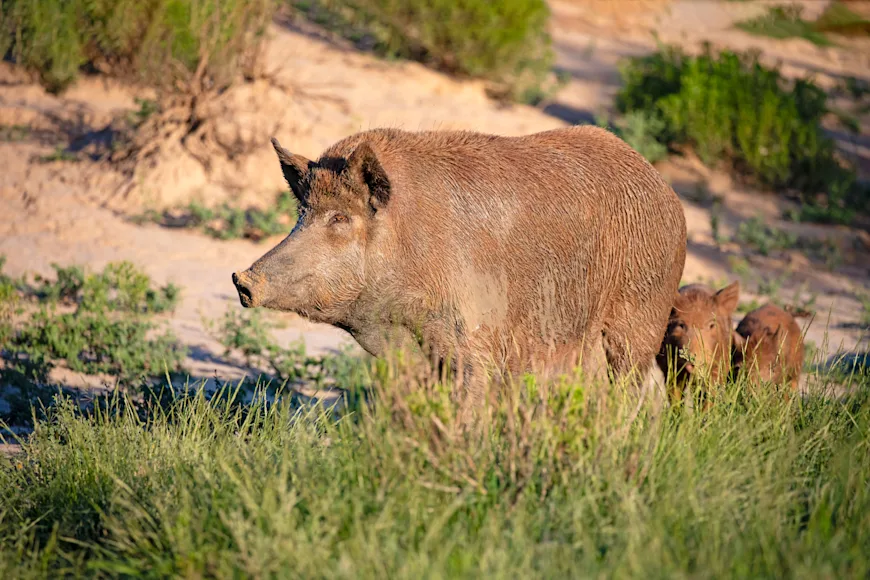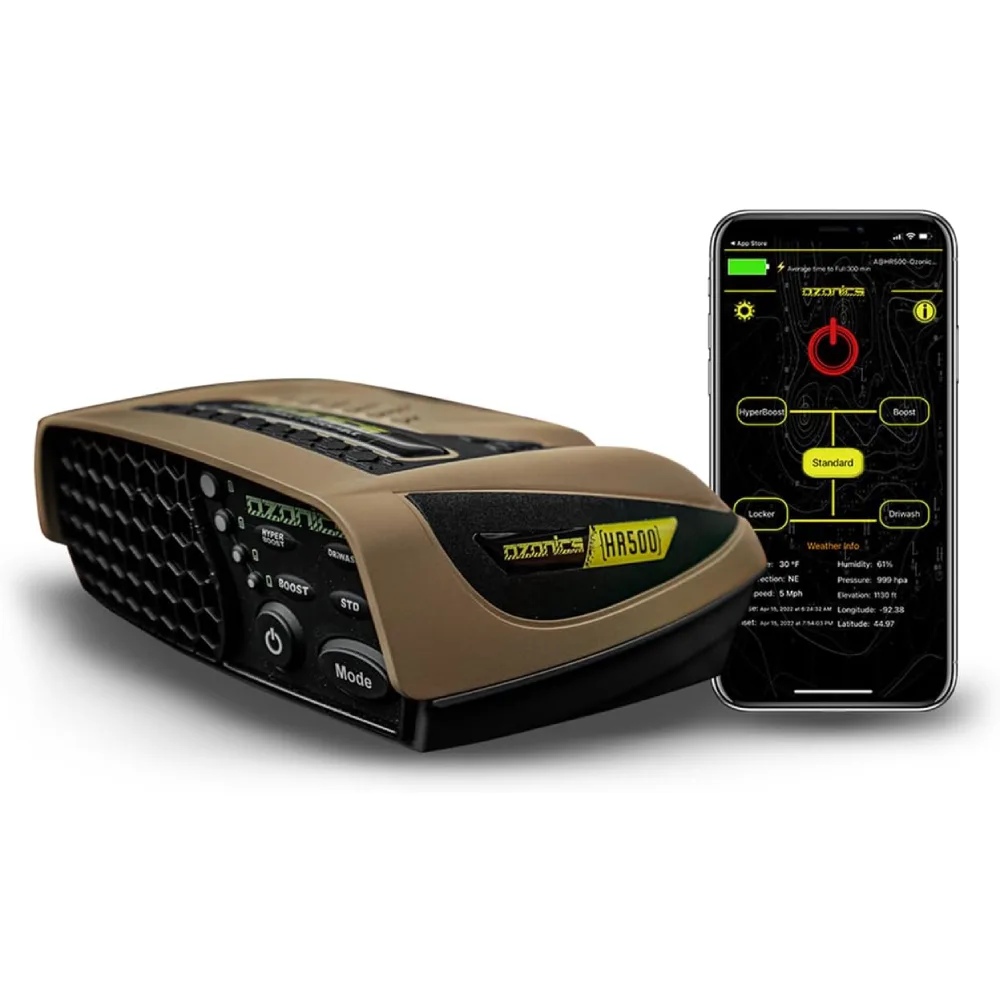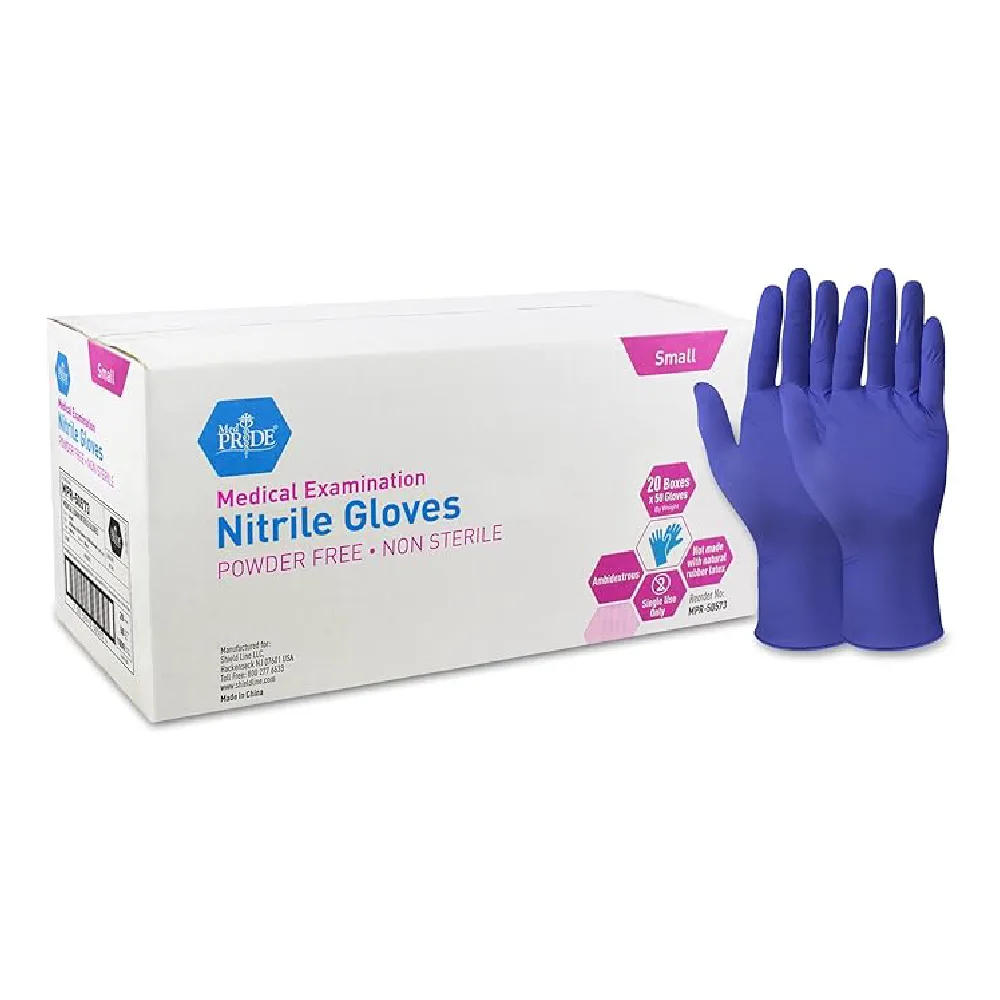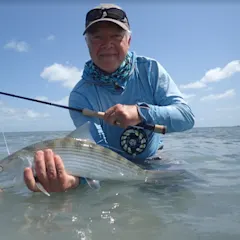Feral hogs are the most destructive and costly invasive species in North America. They are also one of the most numerous and widespread, and while it should be said that hunting doesn’t effectively control the species, there are plenty of places where wild hogs are here to stay no matter what—and where hunting is more fun than slapping clowns. I’ve hunted pigs with bows, crossbows, handguns, rifles, spears, and knives in Texas, Florida, Alabama, Louisiana, Georgia, and Tennessee, and have never wished I’d gone to work instead. Not every feral hog is delicious to eat, but neither is every beef cow. (I’ll take grain-fed over grass-fed every time). But plenty of pigs are quite good as table fare, with little noticeable difference in flavor or texture from store-bought pork.
In states where wild hogs are especially pervasive, you can shoot them spring, summer, winter, and fall, sometimes without a hunting license and during the day or at night, at least on private land. And there’s no better time to give it a try than right now. Most other big-game seasons are either closed or closing, and cool temperatures keep hogs active all day long. And if you’re a deer hunter, you probably already possess the basic skills and equipment required to get serious about swine gone wild. Here is everything you need to know about how to hunt wild hogs.
A Word on Wild Hogs and Conservation
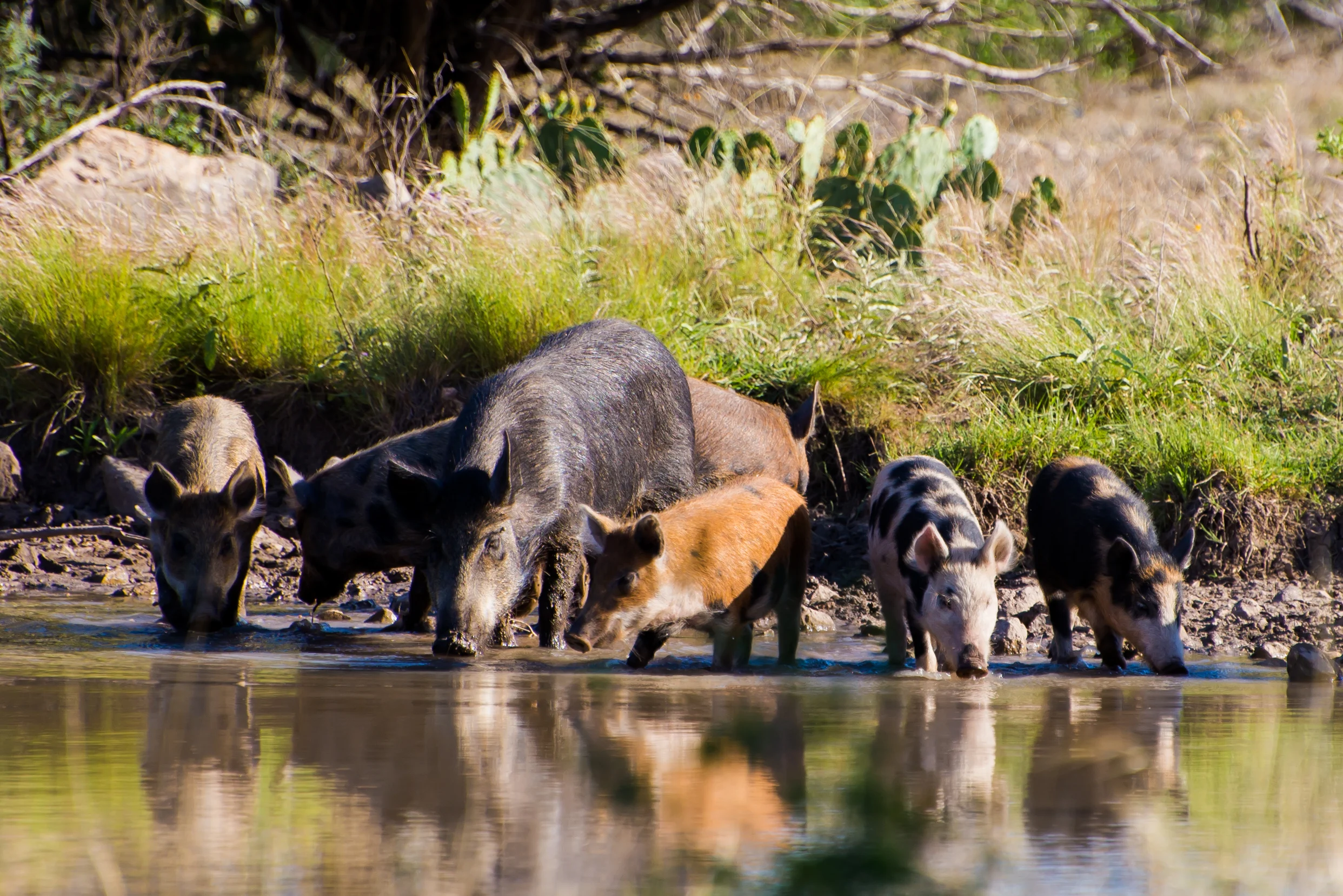
Before we get started, let’s get this taken care of right up front: Shooting a wild hog under a corn feeder does nothing to “control” a pig population. It kills the one, if you make a good shot, but the rest scatter into the brush, where they continue breeding while avoiding feeders in the daylight. Feral hogs are extremely intelligent, and as a species, they largely adapt to recreational hunting as a means of control.
Hogs have colonized new spots where they don’t belong largely because people have released them there, hoping to have a new critter to hunt. Focused trapping that removes entire sounders of pigs at a time is the only way to really put a dent in them. That’s why an increasing number of state agencies—at least those with budding pig problems—actually discourage or prohibit recreational hog hunting. Chasing pigs in areas where it makes sense to is a blast and you should get out there and enjoy it, but as hunter-conservationists, we should also do everything we can not to exacerbate the problem and to support legitimate efforts to eradicate this destructive species wherever possible, even if that means not hunting. Where hog hunting does make sense and is legal—which includes a lot of places—here’s how it’s done, as well as the gear and tactics you need to be successful.
Related: The 5 Biggest Wild Hogs Ever Taken by Hunters
The Basics of Hog Hunting

Like deer, hogs are hunted most effectively at first light and last light, and they leave behind plenty of sign. But pigs can be far more nomadic than deer, especially when they feel some hunting pressure. Mature boars are mostly solitary critters, while sows, shoats, and young boars travel in larger family groups called sounders, which may number from four or five pigs to 30. Pigs love thick cover near water, but they’re also comfortable ranging far out into open agricultural fields, especially at night. Those habits lead to three main hunting methods:
How to Hunt Hogs: Spot and Stalk
Hogs have superb senses of hearing and smell, but their sight is very poor. That’s why stalking hogs after spotting them from a distant road or ridge top is a common method. To locate hogs in open agricultural country or ranch lands, you’ll need to spend a fair bit of time behind glass—either binoculars or a windshield or, in some places, with a thermal-vision optic. Check water sources frequented by pigs early in the day and food plots and crop fields late in the evening. When you find pigs, get the wind and be aggressive in making a move. They don’t stay in one place long, but with a favorable breeze you can cross open country toward them, right into rifle range.
How to Hunt Hogs: Stand Hunting
Pulling wild hogs into the open with corn from timed feeders is an effective and accepted practice in many regions. Down in Texas and Florida, stands and feeders set on thicket edges with water sources nearby could just as easily be called pig stands as deer stands. Box blinds work exceptionally well for rifle hunting because you can close windows and trap in your scent. Bowhunters should set up close, and not be too worried about being hidden—again, so long as the wind is right.
Baiting isn’t allowed on most public areas, so look for water and mud and thickets. Pigs don’t have sweat glands, and so they wallow to keep cool and keep insects at bay. The hotter it gets, the easier it is for stand hunters to key in on favorite wallows. Look for muddy slicks, and give them the sniff test: Hogs urinate and defecate in their wallows, so it’s easy to tell if you’ve found an active one. Focus, too, on areas where you see plenty of rubbing spoor. Hogs frequently rub their bodies on trees, fence rails, logs, and even rocks. Be alert for rooting. A hog’s nose can turn over dirt like a spade, and a sounder of feeding hogs can churn acres of earth in a single night. They tear open downed logs with their tusks to get at grubs and termites, and rip apart the soil surface to search for earthworms and insects.
How to Hunt Hogs with Dogs
Hunting hogs with dogs is fun, productive, and a tradition in the Deep South. Typically, there are two flights of hog dogs: Bay dogs, which are often curs or hounds, scent pigs out of cover, bark on the track, and bay them for the coup de grace—often when the pig turns to fight. Hunters can then move in for a clear shot with a gun or bow.
The more common way to do things is with a powerful catch dog—like a pit bull wearing a Kevlar cut vest—that rushes the hog and grabs it with its jaws, at which point the hunter moves in to dispatch the animal with a knife or spear. It’s bloody business and not for everyone. Some who don’t know any better might call it a fringe tactic, dispatching pigs with blades. But it’s actually much safer for the dogs and hunters in the party than firing wild bullets and arrows at a cornered, frenzied hog that’s ready to charge.
Related: How to Bowhunt Wild Hogs at Night
The Gear You Need for Hog Hunting
You don't need a lot of special equipment to hunt hogs. Generally speaking, whatever you use for deer hunting, whether you're a gun hunter or bowhunter, should work just fine. Here's a rundown of what you need, as well as what is handy to have.
Cellular Trail Camera
If you’re hunting private land with multiple feeders, cellular trail cameras can be a game-changer for shooting more pigs. The nomadic critters tend to bounce from one feeder to the next, and a cellular camera can tell you immediately if they’re eating corn under Feeder No. 5 while you’re watching the dirt under Feeder No. 4. You can then get the wind and plan a stalk, and perhaps shoot multiple pigs at multiple spots in one evening. It’s how I do it. The Moultrie Mobile Edge is easy on batteries and doesn’t require an SD card.
Related: The Best Cellular Trail Cameras, Tested and Reviewed
Hog Hunting Rifle
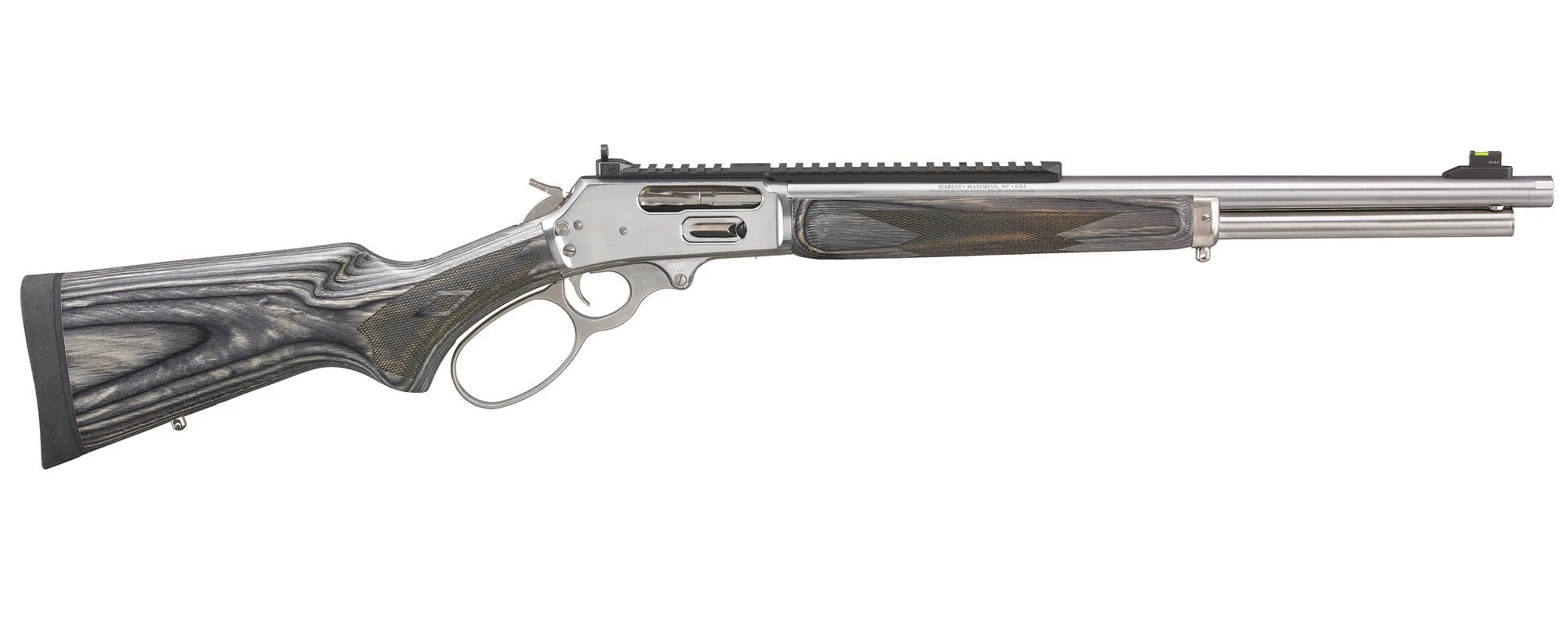
Just about any deer rifle, including your 6.5 Creedmoor (my wife shoots a Browning X-Bolt chambered in such when we’re in Texas), can serve double duty as a pig gun. My son is hell on them with his Mossberg MVP Patrol Rifle in .300 BLK, but we keep his shots close. Pigs are incredibly tough, and they don’t bleed much; their small lungs are shielded almost entirely between their shoulders, too (see archery sidebar below). For the longer shots taken while spot-and-stalk hunting (or close ones that hit anywhere but the head), I like the extra punch of a .308 or .30-06. A .300 Win Mag isn’t too much gun at all. Lever-actions in .45/70 like the new Ruger-made Marlin 1895 SBL are handy, quick-shooting, and about ideal for hunting hogs in thickets.
Ammo for Hogs
I like tough bullets that punch two holes in hogs, regardless of what I’m shooting. In my boy’s .300 BLK, we load up with the 110-grain Barnes Tac-TX, which is all copper with a polymer tip. He gets pass-throughs on shoulder-hit 70-pounders inside 100 yards, but I have him shoot for the head on bigger boars (he killed one last spring pushing 300 pounds). In my .30-06, I’ve come to really like the Federal 175-Grain Terminal Ascent for thumping pigs near and far from all angles, and the Hornady Precision Hunter with 143-grain ELD-X bullet does well in my wife’s 6.5 Creedmoor, for whitetails and pigs both.
Scent Control
A deer that winds you might stomp around for a while, scurry away, and then come back the next day. Pigs that smell you will make a deep, guttural grunt, scurry into the thicket, and perhaps never return in shooting light. Hunting the wind is a must for any sort of pig hunting, but bowhunting over bait can be especially tedious since big boars in particular rarely commit to corn without circling it first. An Ozonics unit like the new HR500 won’t always keep you from getting winded, but I promise you will get winded more often without it.
Bows for Hog Hunting

Shots at pigs are close, and you might need to punch through the gristly shield of a big boar and perhaps shoulder bones, too. Use a mechanical broadhead if you want, but if recovering your hog is important to you, a sharp, tough fixed-blade like the Wasp Havalon 125 HV is your best bet. Whatever bow you prefer for whitetails will do just fine—something handy and easy to shoot, like the Mathews Phase 4 29 gets my vote.
Crossbows for Hog Hunting
Bows work well for pigs, but crossbows are even more effective. You might as well carry one that shoots two bolts, like the Excalibur TwinStrike, because hogs tend to show up in bunches.
Hog Bait: A Fine IPA and Shelled Corn
I’ve sometimes sat awake at night, wondering why IPA beer is even made, since no reasonable person drinks it, and then I realized it must be brewed for baiting pigs, which love to eat things that both smell and taste terrible. Soured corn, poured into a shallow hole and covered lightly with dirt, is a great way to bait up hogs and much cheaper than using a timed feeder. Just take a 5-gallon bucket of shelled corn, add some sugar or powdered Kool-Aid, and pour in one or two of those nasty beers. Then cover it up and leave it in the sun awhile, until it stinks—or, stinks more than it already does.
Surgical Latex or Nitrile Gloves
One evening, after a good hog hunt in Florida, my buddy and I were skinning pigs with our bare hands, chewing tobacco, smoking cigars, and drinking beer (Miller Light, not that mess referenced above). It could’ve been a portrait of Americana, but my buddy contracted brucellosis from the hog guts and was sick for damn-near a year. I do still process most of the hogs I shoot myself, but now I wear latex gloves while I’m doing it.
Related: Best Rifles for Hunting Wild Hogs
The Best States to Hunt Wild Hogs

Some researchers estimate that half the hogs in America are found in Texas. Sabinal, a gateway to Texas Hill Country, is a farming community of 1,600 that calls itself the “Wild Hog Capital of the World” and hosts an annual Wild Hog Festival. Florida is second only to Texas in total numbers of wild hogs. California is another top state, and one that recently eased restrictions on shooting pigs. Georgia, Alabama, and Mississippi are other great option. For a more detailed rundown of the best hog-hunting states, click here.
How to Scout for and Find Wild Hogs
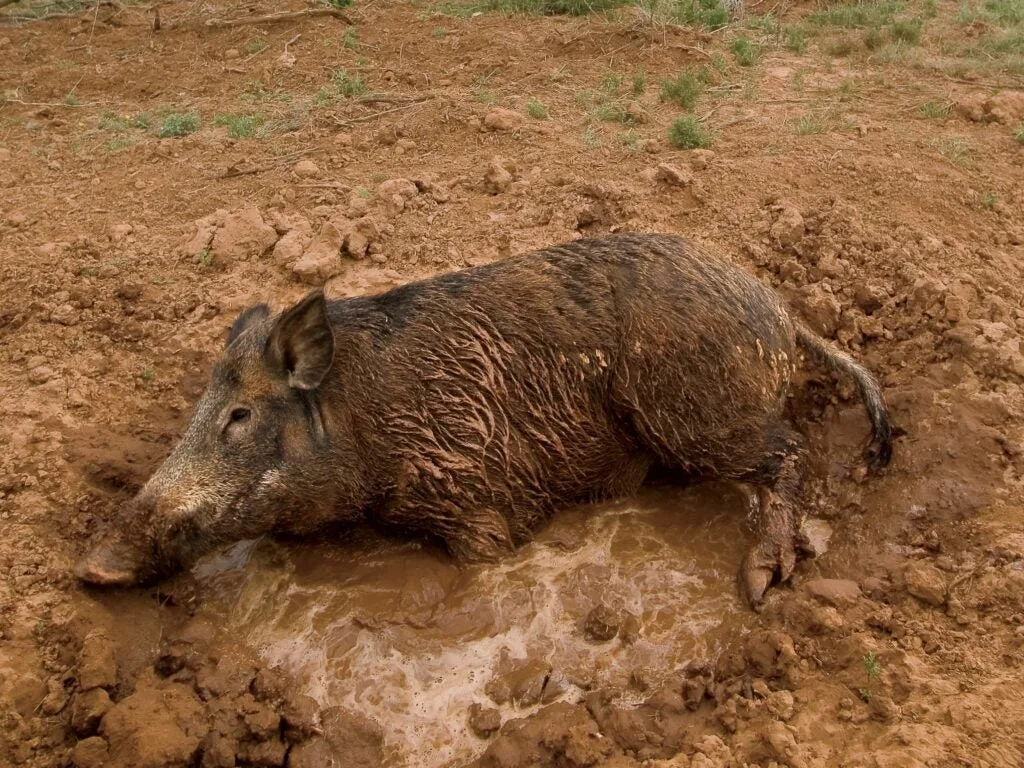
Even though hogs are expanding their range across the country, the animals largely nocturnal, which can make them a difficult to find. That is, unless you know what you’re looking for. These tips should help put you in the swine zone.
1. Tracks
A hog’s prints are nearly square in shape and typically shorter than a similarly sized deer track. If the tip of the toe is blunt, a hog likely made it.
2. Scat
Look for doglike scat without the ropy shape common to predator scat.
3. Wallows
Hogs roll around wet areas to get caked with mud, which gives them relief from heat and biting insects. Clay is favored because it won’t wash off easily.
4. Rubs
Trees, logs, telephone poles, and fence rails coated with mud are undoubtedly hog rubs. Fresh mud means hogs are nearby.
5. Rooting
Hogs rip the ground to shreds looking for tender roots and any grub, worm, or acorn they turn up in the dirt. The relative moisture of a rooted area is a clue to its age, but hogs roam far while feeding. Don’t spend too much time watching a feeding area.
6. Beds
Wild hogs typically dig a shallow bed in thick, nasty cover. Find a tunnel-like trail opening facing open woods or water sources, then get in position for a downwind ambush. —T. Edward Nickens
How to Make a Good Hit on a Hog with a Bow
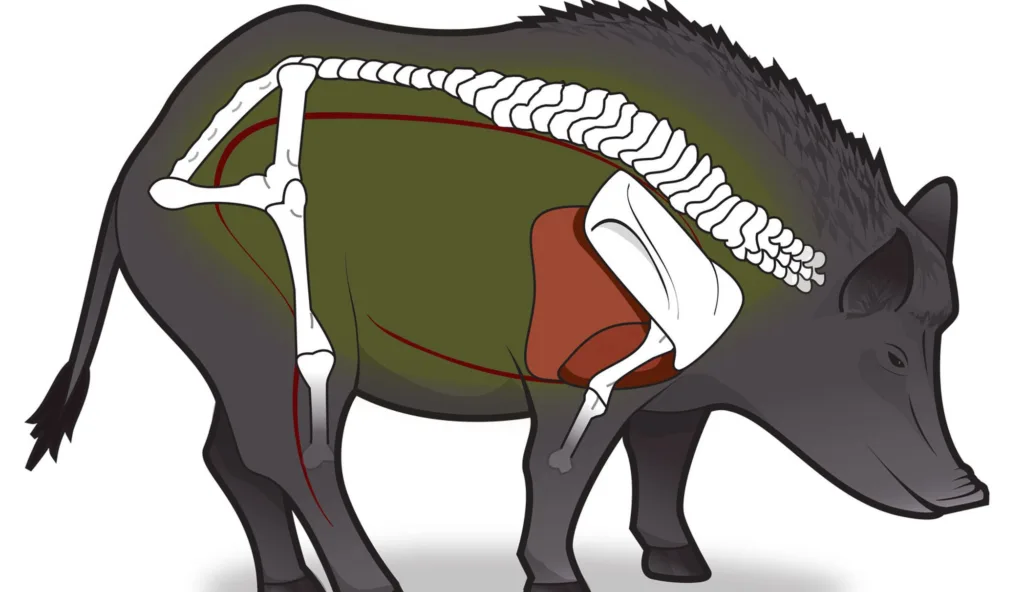
Making a good shot on a hog with a rifle is relatively easy; shoot at the vitals no matter what the angle and with a good strong bullet, you’ll have bacon. A feral pig isn’t difficult to kill with a well-placed arrow, either, but you have to be more selective, as having to recover one after a marginal hit is no fun—and all too common. That’s because most bowhunters are trained on deer, and a hog’s anatomy differs significantly. Aiming just behind a broadside boar’s shoulder, as you would to double-lung a whitetail, typically results in a paunch hit.
While a small portion of a pig’s lungs extend slightly behind the shoulder crease, most of the vital area rests between the shoulders. To make a good hit on a hog, you need to keep your shots close and follow these steps:
1. Get an Angle
Wait for the pig to quarter away. The favored shot angle of many whitetail bowhunters is a near necessity on hogs. The angle needn’t be sharp—just a step or two beyond broadside is fine.
2. Target the Far Side
Aim at the opposite shoulder. You want your broadhead to exit either through the far shoulder or just in front of it (no more than an inch or two). If you’re behind it, you’re likely in the guts. Hitting the far shoulder, even if the arrow doesn’t pass through, typically means a double-lung shot.
3. Hold Low
A pig’s heart is located low in the animal’s chest, in line with the bend of the elbow. This way, if you miss low, you’re apt to get a clean miss. If you miss a little high, you’ll get lung—and you’ll likely get your pig.
FAQs
Are hogs hard to hunt?
Feral hogs are very crafty. Once they know they are being hunted, they can be a real challenge. But that’s half the fun of it. That said, I’ll admit that it can be easy when you catch a passel of them on the right day—and that’s plenty fun too.
Where do you aim on a wild hog?
With a rifle and a good, strong bullet, you should aim to punch right trough the front shoulder on a broadside hog. The vitals sit mostly between the shoulders, as opposed to a deer’s, which extend well back of the shoulder. Keep that in mind when shooting at any angle with a gun. With a bow or crossbow, wait for a good quartering away shot, and drive the arrow up into the vitals. For close shots with a rifle, you can alternatively aim for the head.
What is the best caliber for hunting hogs?
Any caliber you trust for deer will do the job on hogs. But because they are quite tough and tend not to bleed much, I prefer to make a big hole. In other words, .30 caliber or bigger. My young son uses a .300 BLK to great effect, and I like a .308 or .30-06. A .35 Remington would be a good choice, and a .45/70 isn’t too much.
What is the best time of day to hunt hogs?
When it’s reasonably warm out, wild hogs are most active early in the morning, late in the afternoon, and at night. Nighttime, where legal, is an especially good time to hunt in places where hogs get a fair amount of hunting pressure and become increasingly nocturnal as a result. In winter, however, hogs may be up and searching for food any time, even midday.

